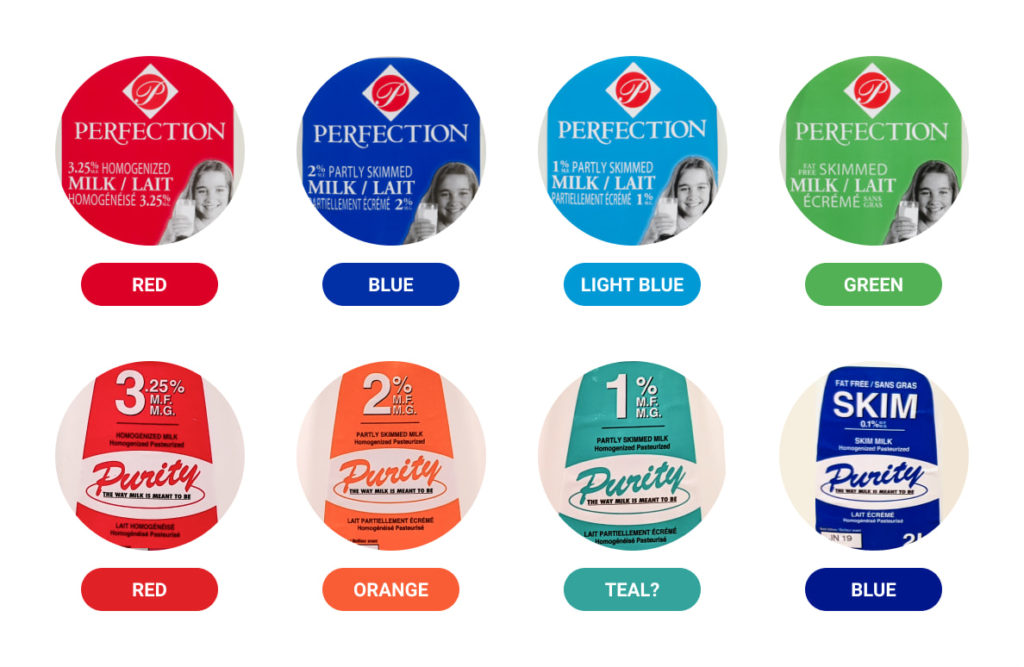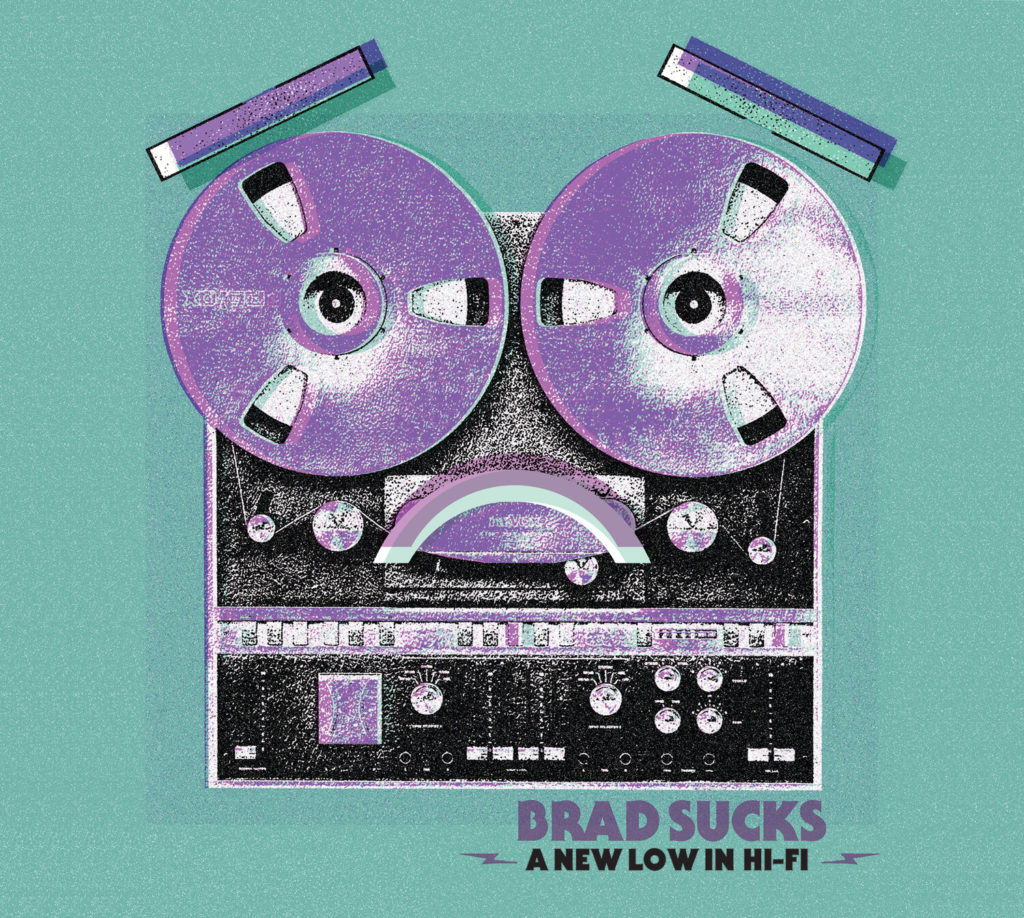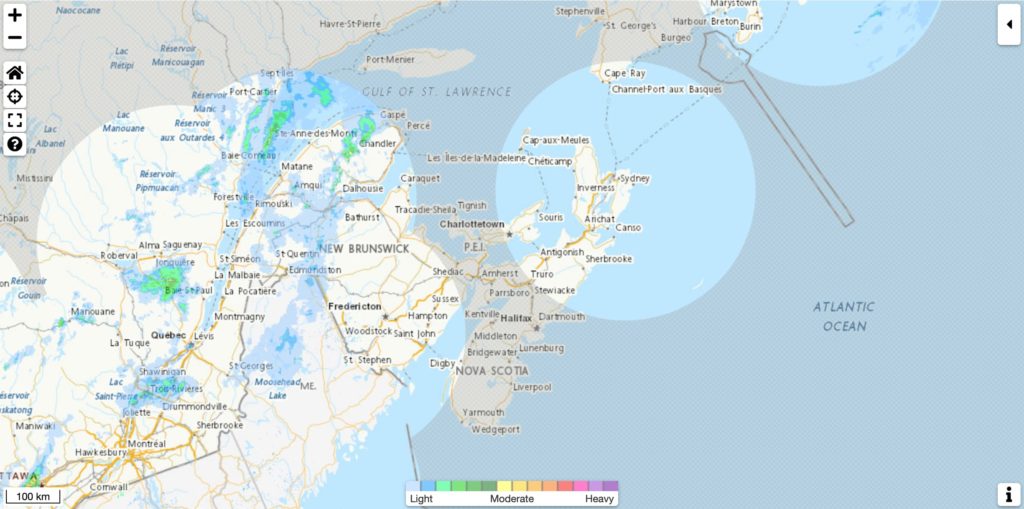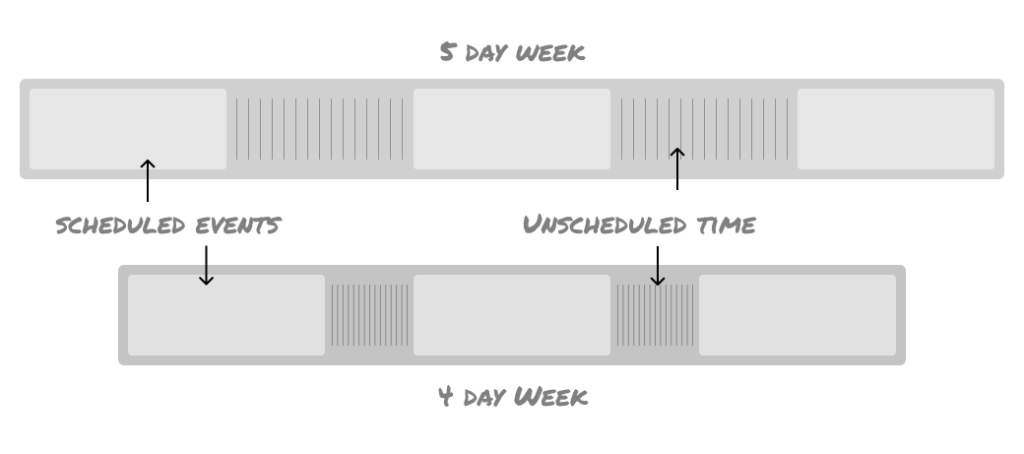This post is one of a series called Trivial Tragedies. Each installment is a small story of minor heartbreak that has stuck with me from my childhood.
I was a pretty good student in high school. I wasn’t great at applying myself, but I was capable of getting marks in the 80s and 90s. At the time I thought I was smart. I found out a couple of years later that my ease with math and physics was actually an ease with high-school-level math and physics. When later confronted with university-level material, I quickly realized that I needed to work hard and didn’t know how.
While I did well enough academically in high school, my attendance record was weak. Contingent on transportation of some kind, I skipped a lot of classes. Teachers didn’t press too hard on this, given how I was keeping up with the class.
I had one grade-12 science teacher who got suspicious. I skipped his class one afternoon. The next day as I entered his class, he asked me where I had been the day before. I steeled myself and lied. I told him I had been sick at home.
He had laid a trap for me. Before class, he had phoned my parents to confirm my absence for the day before. He knew I wasn’t home sick — he was asking to see how I would respond.
He looked me in the eye and earnestly asked: Why did you lie to me?
One of a handful of students who witnessed this train-wreck later told me that I actually “made a sound”. It might have been my soul leaving my body.
I don’t even know how I responded, but it felt like a punch in the gut made out of shame and regret. Skipping a class wasn’t a big deal, but an adult human being looking you in the eye and sincerely asking you why you lied to them — that left a mark.
I remember thinking: you’re a high-school teacher and I’m a student — aren’t I supposed to lie to you?
Even though that moment has stuck with me for about 25 years, it didn’t do much to change my behaviour. A few weeks later, I had a friend call the school office and have me paged for a “dentist appointment”.
The PA-system in our class passed on the message. I packed up my things and walked across the front of the class to the door. I’m not sure what the teacher was thinking, but every kid in that class knew exactly what was happening. I knew they knew, and they knew I knew. For about twenty seconds, I was Ferris Bueller.




